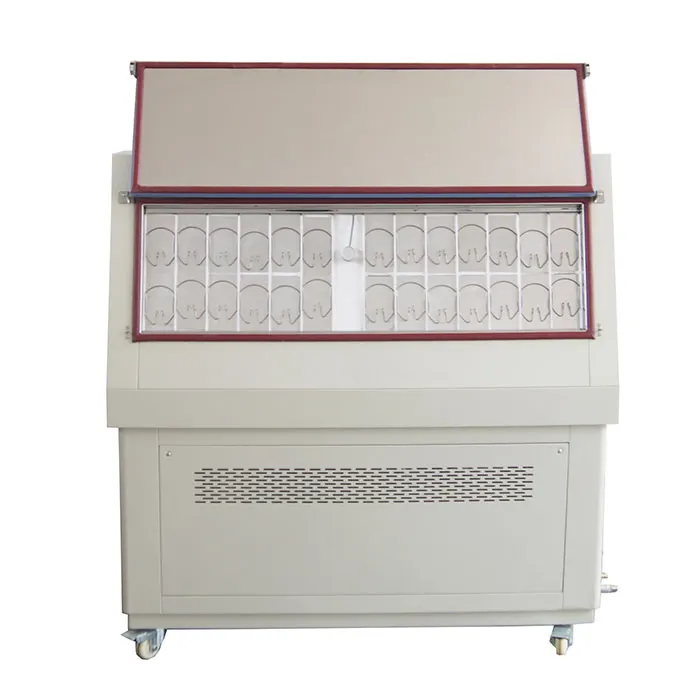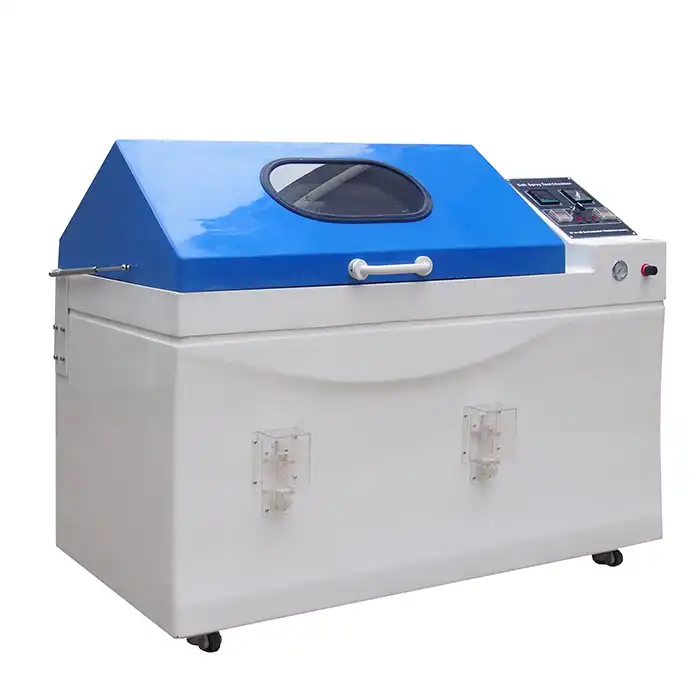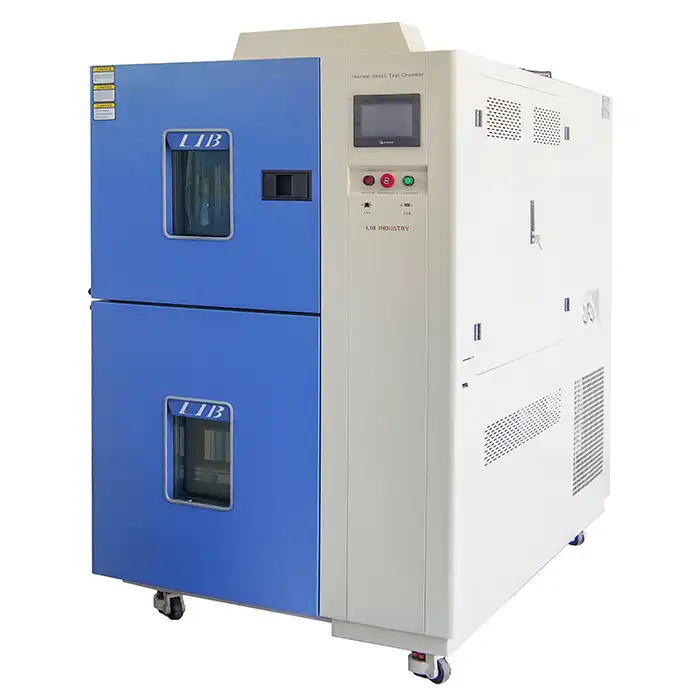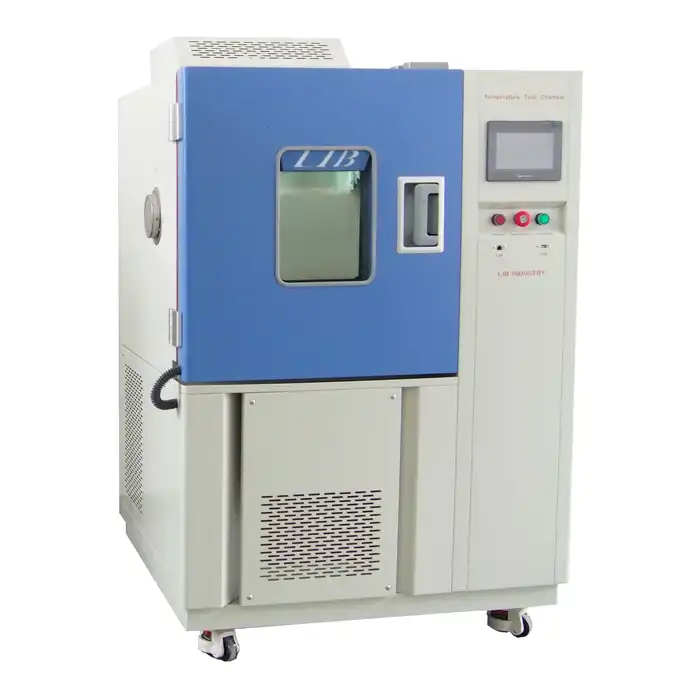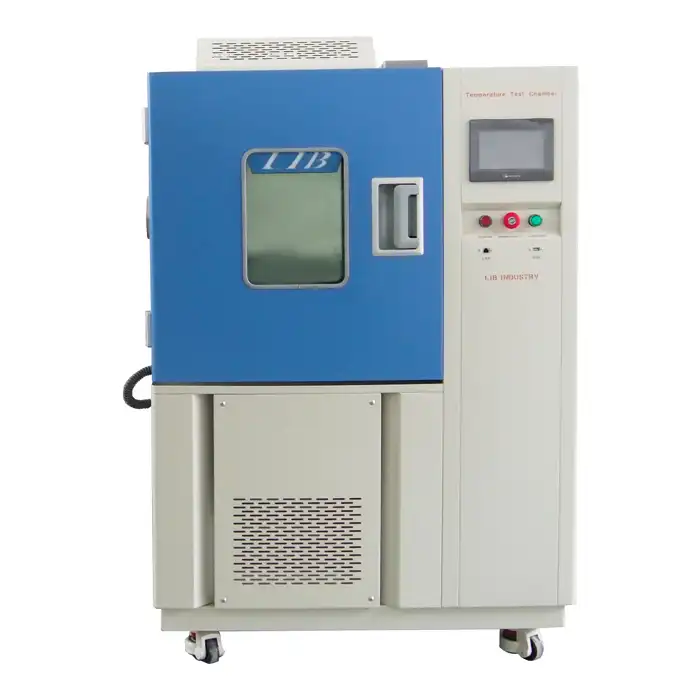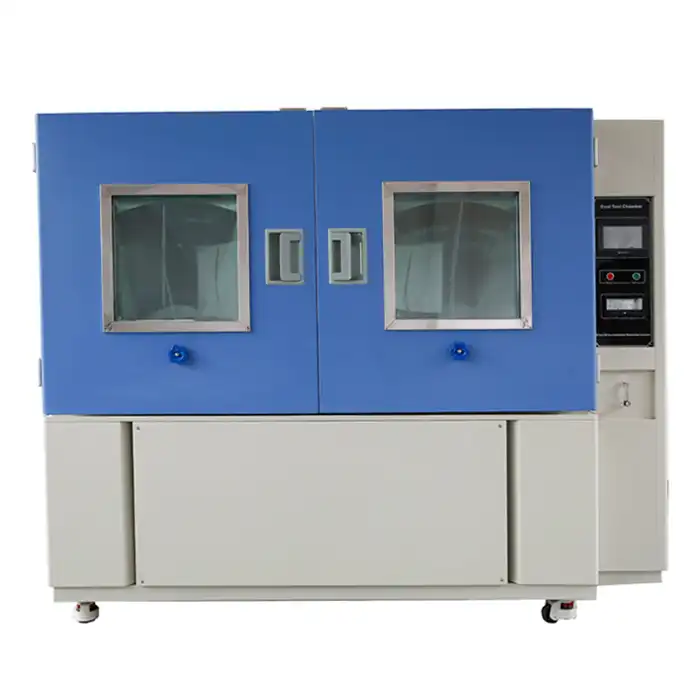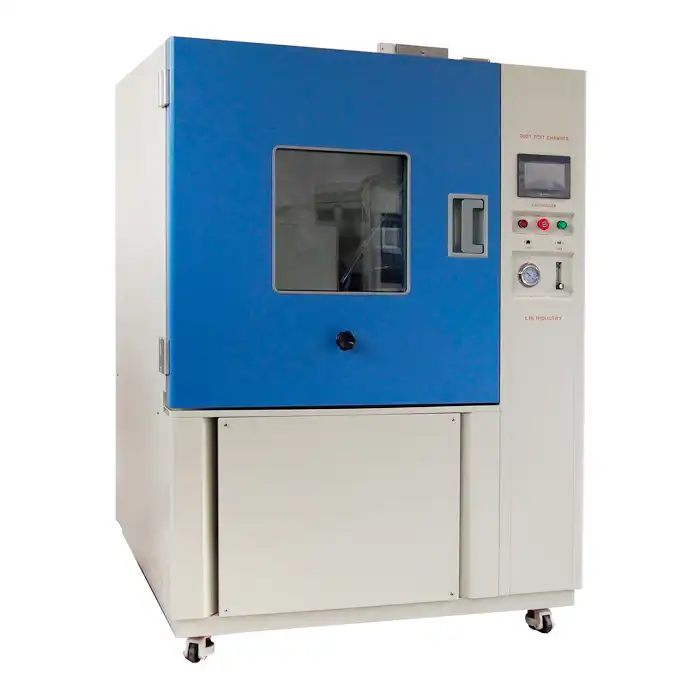What is a rain test chamber?
Introduction
Rain spray test chambers, often referred to as rain test chambers, are specialized testing environments designed to simulate rainfall conditions. These chambers are essential tools in various industries, including automotive, electronics, construction, and aerospace, to evaluate the durability and waterproof performance of products and materials. The primary purpose of a rain test chamber is to ensure that products can withstand exposure to rain and other forms of precipitation under controlled conditions.
Rain test chambers recreate different intensities and types of rain, from light drizzles to heavy downpours. This versatility allows engineers and manufacturers to rigorously test their products for potential weaknesses. These chambers are equipped with advanced control systems to regulate parameters such as water temperature, pressure, and droplet size, ensuring a realistic simulation of natural rain conditions.
How Does a Rain Spray Test Chamber Work?
They operate using sophisticated mechanisms to mimic the natural occurrence of rain. The basic principle involves water being sprayed onto the test sample from various angles and distances to simulate different rain scenarios. The chamber is typically equipped with nozzles, pumps, and control systems that can adjust the flow rate, pressure, and droplet size to replicate specific types of rainfall.
Water Supply System: The chamber includes a water reservoir and a pump system that supplies water to the spray nozzles. The water can be heated or cooled to simulate different environmental conditions.
Spray Nozzles: These are strategically positioned within the chamber to ensure even coverage of the test sample. Nozzles can be adjusted to spray water at various angles and intensities.
Control Panel: The control panel allows operators to set parameters such as water pressure, spray duration, and temperature. Advanced models come with programmable settings to simulate complex rain patterns.
Observation Window: A viewing window or camera system enables real-time monitoring of the test process, allowing operators to observe how the test sample reacts to the simulated rain.
Drainage System: An efficient drainage system ensures that excess water is removed from the chamber to prevent flooding and maintain consistent testing conditions.
They are used to test a wide range of products, including vehicles, outdoor electronics, building materials, and protective clothing. By exposing products to simulated rain, manufacturers can identify potential design flaws with tools produced by in rain spray test chamber factory, improve waterproofing measures, and ensure compliance with industry standards.
What Types of Products Are Tested in a Rain Spray Test Chamber?
They are versatile tools used across various industries to test the waterproofing and durability of products. Some of the common products tested in these chambers include:
Automotive Components: Vehicles are regularly exposed to rain, and it is crucial to ensure that all components, including doors, windows, seals, and electrical systems, are waterproof. Rain test chambers simulate different rain conditions to test the durability and waterproofing of these components. For example, car manufacturers use these chambers to test the effectiveness of window seals and to ensure that electrical systems are not compromised by water ingress.
Electronics: Many electronic devices, such as smartphones, tablets, and outdoor equipment, need to be water-resistant. Rain test chambers help manufacturers test these devices under controlled rain conditions to ensure that they can withstand exposure to moisture without malfunctioning. This testing is essential for devices that are advertised as waterproof or water-resistant, as it ensures that they meet consumer expectations and safety standards.
Building Materials: Construction materials, including roofing, siding, and sealants, are exposed to rain throughout their lifespan. Testing these materials in rain spray test chamber helps manufacturers ensure that they are durable and waterproof. For example, roofing materials are tested to ensure that they can withstand heavy rain without leaking, while sealants are tested to ensure that they can maintain their effectiveness in wet conditions.
Textiles and Apparel: Outdoor clothing and gear, such as rain jackets, tents, and backpacks, must be waterproof to protect users from the elements. Rain test chambers are used to test the water resistance of these products, ensuring that they can keep users dry in wet conditions. This testing is especially important for products designed for extreme weather conditions, as it ensures that they can provide the necessary protection.
Aerospace Components: Aircraft are subjected to various weather conditions, including rain. Rain test chambers help aerospace manufacturers test the water resistance of aircraft components to ensure safe and reliable operation. For example, aircraft are tested to ensure that their electrical systems and structural components can withstand exposure to rain without compromising safety.
By testing products in the products, manufacturers can identify potential weaknesses, improve product design, and ensure that products meet industry standards for water resistance and durability.
What Are the Benefits of Using a Rain Spray Test Chamber?
Using the product produced by rain spray test chamber factory offers numerous benefits for manufacturers and product developers. These chambers provide a controlled environment for testing, ensuring consistent and reliable results. Some of the key benefits include:
Enhanced Product Reliability: By testing products under simulated rain conditions, manufacturers can identify potential issues and improve the design to enhance durability and reliability. This leads to higher-quality products that can withstand real-world conditions.
Compliance with Standards: Many industries have strict standards and regulations for water resistance. Rain test chambers help manufacturers ensure that their products comply with these standards, avoiding costly recalls and ensuring customer satisfaction.
Cost Savings: Identifying and addressing water resistance issues during the development phase can save manufacturers significant costs associated with product failures, warranty claims, and repairs. By ensuring that products are waterproof before they reach the market, manufacturers can reduce the risk of costly issues down the line.
Customer Satisfaction: Waterproof products that perform well under rain conditions lead to higher customer satisfaction. Consumers expect products to meet their advertised claims, and rain test chambers help manufacturers deliver on these promises.
Improved Safety: For products where water ingress can compromise safety, such as vehicles and aircraft, rain test chambers help ensure that these products remain safe and reliable under all weather conditions. This is especially important for products that operate in extreme environments, where water ingress can have serious consequences.
Accelerated Development: Rain test chambers allow manufacturers to simulate a range of rain conditions quickly and efficiently, accelerating the product development process. This enables manufacturers to bring new products to market faster while ensuring they meet high standards of quality and durability.
In conclusion, rain spray test chambers are invaluable tools for manufacturers across various industries. By simulating real-world rain conditions, these chambers help ensure that products are durable, reliable, and waterproof, leading to higher-quality products and increased customer satisfaction.
References
1. ISO. (2021). ISO 20653: Road vehicles - Degrees of protection (IP code) - Protection of electrical equipment against foreign objects, water and access.
2. ASTM International. (2020). ASTM D951-17: Standard Test Method for Water Resistance of Shipping Containers by Spray Method.
3. UL Standards. (2022). UL 50E: Standard for Enclosures for Electrical Equipment, Environmental Considerations.
4. IEC. (2019). IEC 60529: Degrees of protection provided by enclosures (IP Code).
5. SAE International. (2023). SAE J575: Test Methods and Equipment for Lighting Devices and Components for Use on Vehicles Less than 2032 mm in Overall Width.



